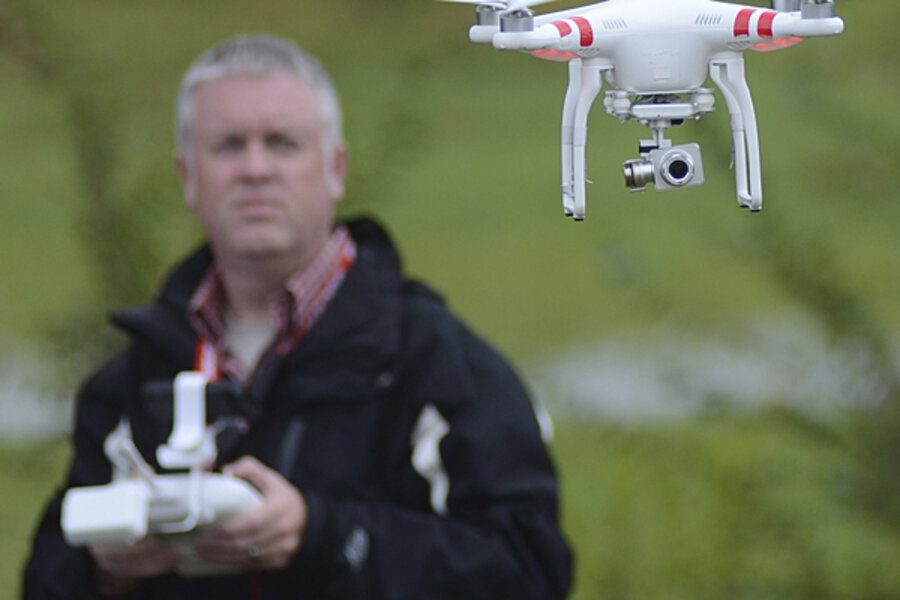What the FAA says you can and can't do with your drone
Loading...
Everyone can agree that unarmed drones are pretty cool, but for years regulators and businesses have clashed over their use for commercial purposes. But the Federal Aviation Administration announced Thursday it would allow companies to use drones for more than just entertainment.
The FAA gave four companies permission to use drones for commercial use. Trimble Navigation Limited, VDOS Global, Clayco Inc. and Woolpert Inc. can now use drones to inspect oil rigs, conduct aerial surveys, and monitor construction sites. Until today only seven television and movie companies were allowed to use drones.
"The FAA's first priority is the safety of our nation's aviation system," FAA Administrator Michael Huerta said in a statement. "Today's exemptions are a step toward integrating (unmanned aerial systems) operations safely."
The FAA currently bans the use of drones for commercial use and requires any business looking to use unmanned aircraft to file for an exemption. So far, 167 applications have been filed.
The FAA has been infamously slow in rolling out commercial drone regulations. In 2012, Congress mandated the FAA to create such regulations by September 2015. In a hearing with House Committee on Transportation and Infrastructure Thursday, the FAA said proposed regulations could be released this month, but regulations for drones weighing more than 55 lbs. might not be ready until 2017.
"We agree that we need to speed this up a little bit," Peggy Gilligan, FAA's associate administrator for aviation safety, said at the hearing.
Once the regulations are lifted, a big market could open up: The US drone industry could generate $13.6 billion in economic activity and create 70,000 jobs in the first three years, according to the Association for Unmanned Vehicle Systems International.
The price of drones has dropped dramatically in recent years, and many people have been able to purchase a drone for personal use. But that's caused problems. Since February, the FAA has recorded almost 200 safety incidents. Some of them included instances where airline pilots say the almost collided with a drone.
So for those who like to take their drone out for a spin, here's the list of do's and don'ts from the FAA.
Do
• fly a drone at the local model aircraft club
• take lessons and learn to fly safely
• contact the airport or control tower when flying within 5 miles of the airport
• fly a model aircraft for personal enjoyment
Don't
• fly near manned aircraft
• fly beyond line of sight of the operator
• fly an aircraft weighing more than 55 lbs unless it's certified by an aeromodeling community-based organization
• fly contrary to your aeromodeling community-based safety guidelines
• fly model aircraft for payment or commercial purposes






